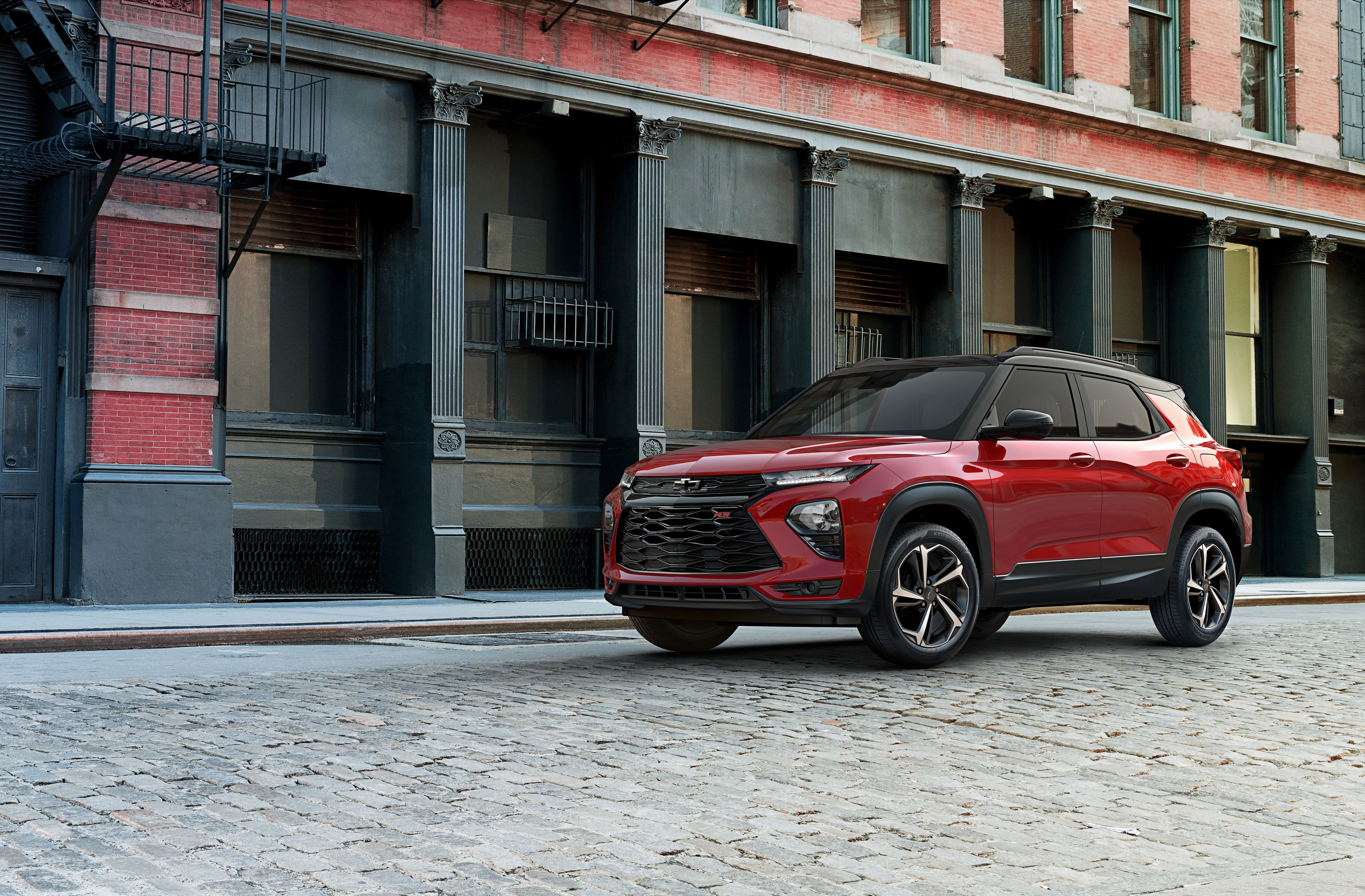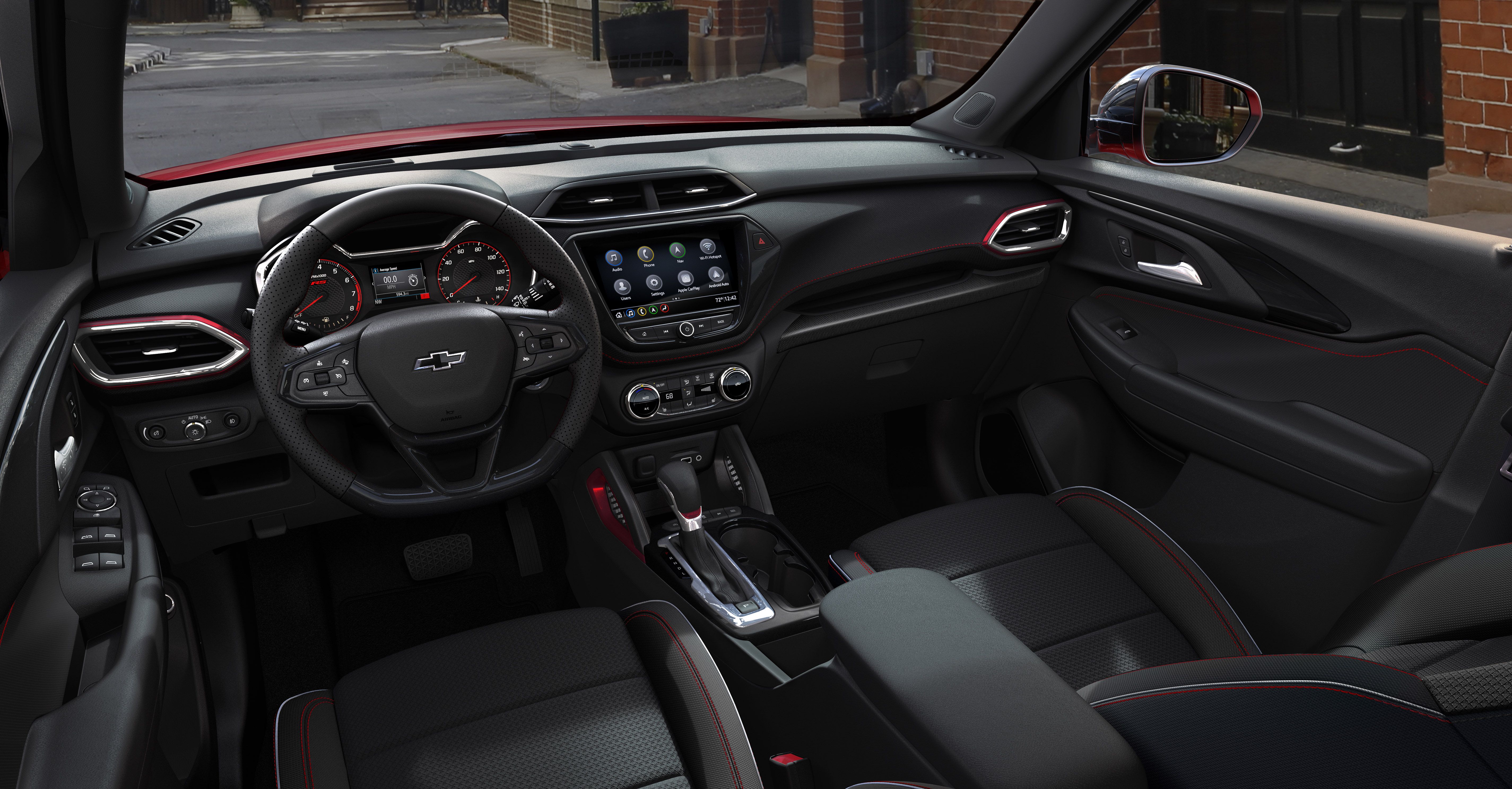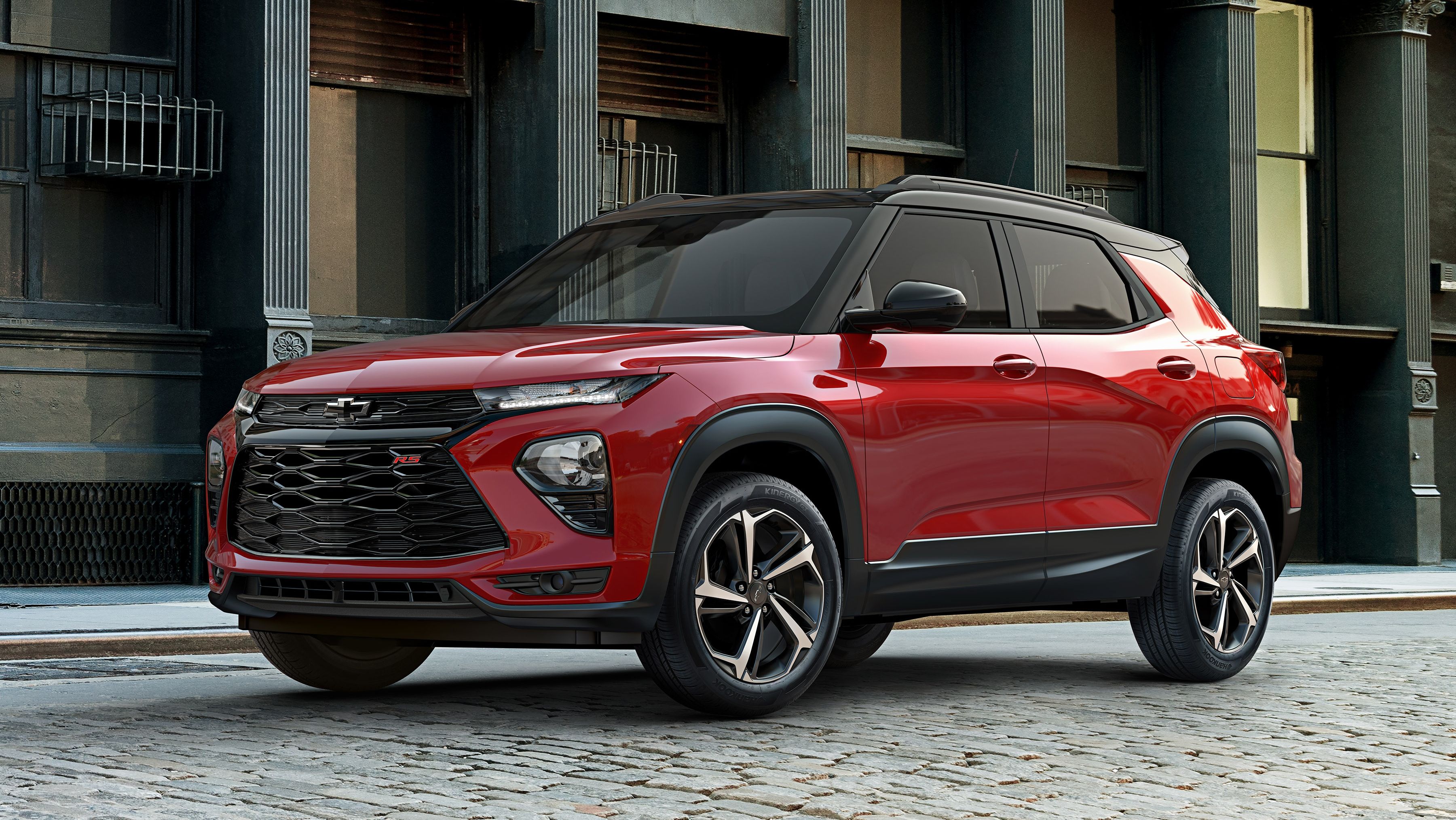The Chevrolet Trailblazer is back in American soil, or at least the name “Trailblazer” is back. What was once a mid-size SUV with certain off-road chops is now a stylized crossover that looks more at home in America’s suburbs than in the actual outdoors. The “new” Trailblazer looks like a downsized version of the Blazer SUV, right down to the Camaro-inspired styling. It’ll go on sale in early 2020 as a 2021 model and will slot between Chevy’s entry-level Trax crossover and the slightly bigger — and longer — Equinox SUV. So, it’s not the Trailblazer we used to know, which begs the question: why did Chevrolet bring the nameplate back in the first place?
Chevy Trailblazer - What is Was and What it is Now
Before I start complaining about Chevrolet wasting the “Trailblazer” name on a fashion-forward crossover, let’s set the table first. The first-generation Trailblazer SUV sold in the U.S. market from 2001 to 2008. It was billed as a mid-size SUV with three rows of seats and had room for as many as seven people. It also had a potent engine lineup that included the fabled all-aluminum 4.2-liter Atlas LL8 inline-six engine that produced 273 horsepower and 277 pound-feet of torque. This engine actually made it to Ward’s 10 Best Engines List from 2002 to 2005. It also helped the Trailblazer win the North American Truck of the Year award in 2002. The SUV enjoyed tremendous sales success, too. From 2002 to 2005, it sold an average of almost 260,000 sold units per year. Yes, the first-generation Trailblazer was a muscle-flexing SUV at its peak.
What often gets lost is that Chevrolet actually built a second-generation Trailblazer SUV in 2012. It just never sold in the U.S., opting to offer it in the Asian and South American markets instead. To this day, the second-generation Trailblazer is still on sale, even though it probably needs a new-generation model, too, after seven years in production. But that’s neither here nor there because, in the U.S. market, the Trailblazer hasn’t been built since 2008.
Fast forward more than ten years later and the Trailblazer name is back in American soil, except that it’s not actually the old Trailblazer that we used to know. The new Trailblazer is a small crossover that looks like it’s more at home tussling with the likes of the Hyundai Kona, Mazda CX-3, and Ford Escape. You can tell by how it looks that Chevrolet wanted to give it an edgy design to appeal to the young car-buying population. The crossover’s aesthetics is heavily influenced by the Camaro, just like its half-namesake and big brother, the Blazer SUV. That’s all well and good, but this approach creates something of a confusing identity crisis because of the name it’s carrying.
At what point did it make sense to use the “Trailblazer” name on a stylistically inclined crossover? See, the first-generation Trailblazer wasn’t just a show-and-you-can-go SUV. It had serious performance chops beyond its powerful engines. It sat on the GMT360 truck platform that the General also used on a number of mid-size SUVs, including the GMC Envoy and forgotten models like the Oldsmobile Bravada and the Buick Rainier. Ok, so it’s not exactly the strongest company in the world, but the OG Trailblazer was capable of a lot of things that SUVs we’re supposed to be capable of. It came with an independent front suspension and a five-link rear suspension. It boasted a locking rear differential and all-wheel-drive capabilities across the board. It even had a payload capacity of almost 1,200 pounds and a towing capacity of 6,800 pounds, numbers that were expected from a mid-size SUV. That was the identity of the first-generation Trailblazer, and, for the most part, the second-generation model as well. That’s the one that’s not available in the U.S.
So instead of bringing back the “Trailblazer” name in a market that associates the nameplate with capable mid-size SUV, Chevrolet decides to use it on a crossover that bears little resemblance to its namesake? Perhaps Chevrolet was banking on the nostalgia and attachment people have for the Trailblazer name. It could use it on any crossover or SUV so long as it used the name. But that’s the problem. That attachment comes with the association. People are attached to the Trailblazer name because it knows what the name meant. It knows the nameplate meant an SUV that could get down and dirty as easily as it could do rush supermarket runs. Instead, we’re getting a crossover that will probably wince at the sight of mud. Hooray.
But what happened to the Trailblazer’s trailblazin’ abilities? Maybe the General has a surprise up its sleeve when all the crossover’s details arrive, but now, based on how it looks, the new Trailblazer doesn’t look like the type of crossover that wants to get dirty, let alone have the capacity to haul and tow anything meaningful. It’s a far cry from the new Bronco — another name that was brought back to life — that Ford is planning to launch in 2020. Specific details about the new Bronco aren’t clear, too, but at least there are inklings that it will be a mid-size SUV that will sit on the same T6 platform as the Ford Ranger. That doesn’t implicitly say that it will have serious off-road chops like its predecessor, but at least it’s not going to be that far off from our expectation.
This isn’t a comparison between the new versions of the Trailblazer and the Bronco. It’s safe to assume that both models will enter different sub-segments of the increasingly populated crossover and SUV markets. This is a comparison of the value of bringing back old and recognizable and how they compare to the models that once carried those names. For the most part, the new Ford Bronco is a seed of the Bronco family tree. The new Trailblazer, however, looks like a bastard child of the Trailblazer family tree. I’m prepared to be proven wrong once full details of the new Trailblazer comes out, but I’m afraid I won’t be.
Further reading
Read our full review on the 2019 Chevrolet Blazer.
Read our full review on the 2008 Chevrolet TrailBlazer SS.



